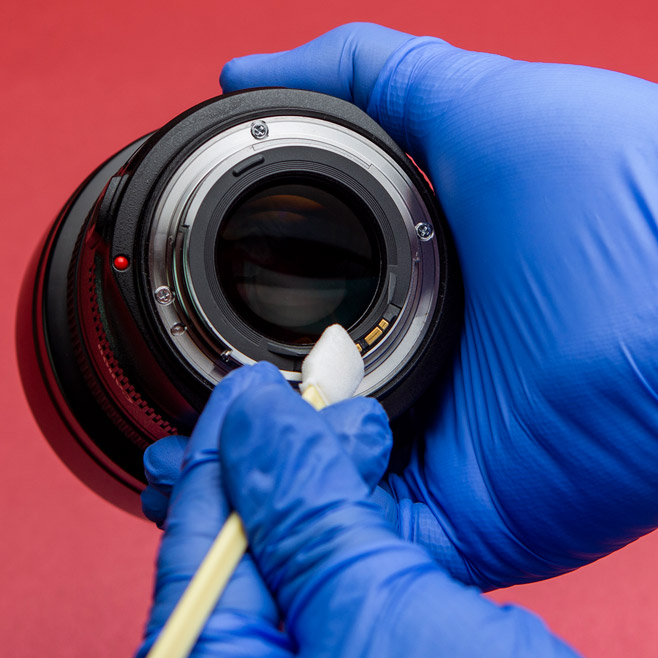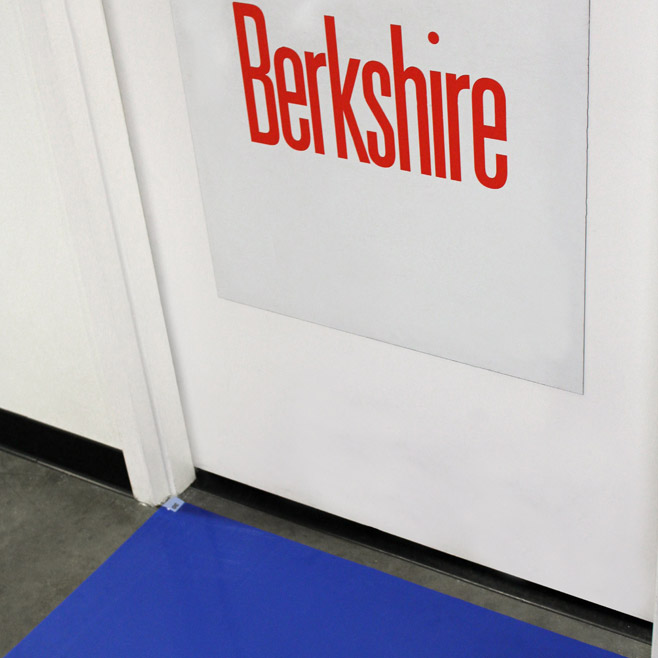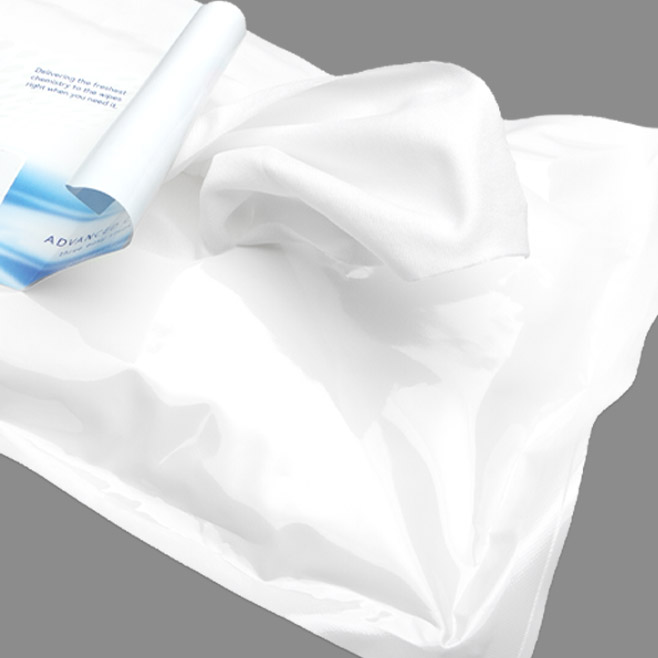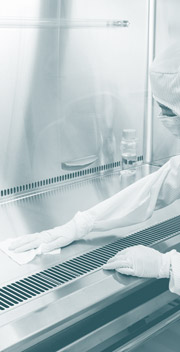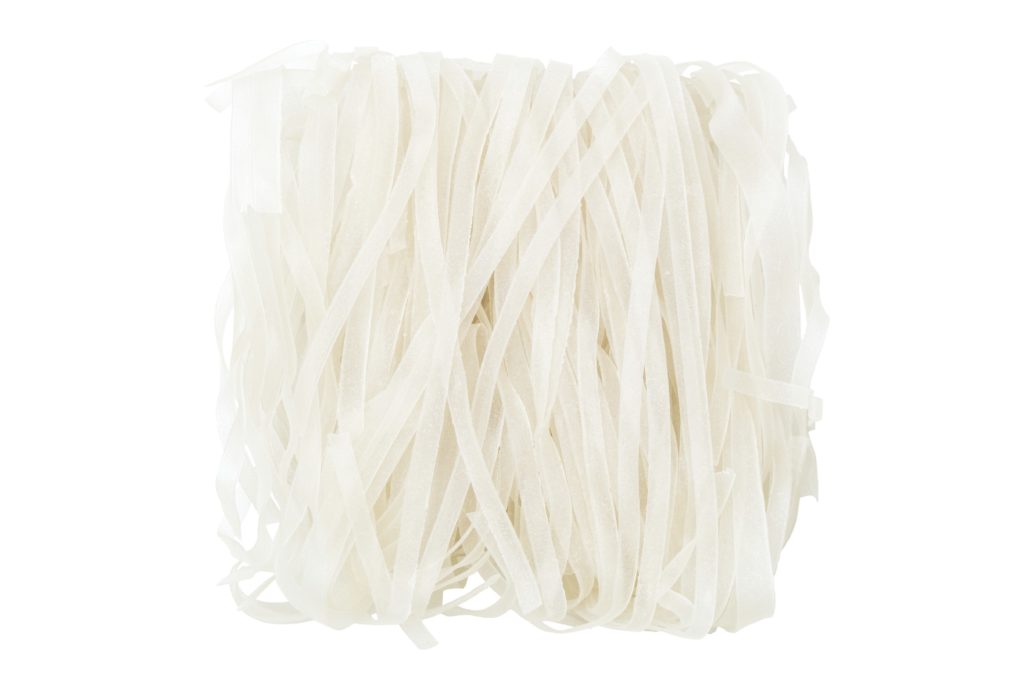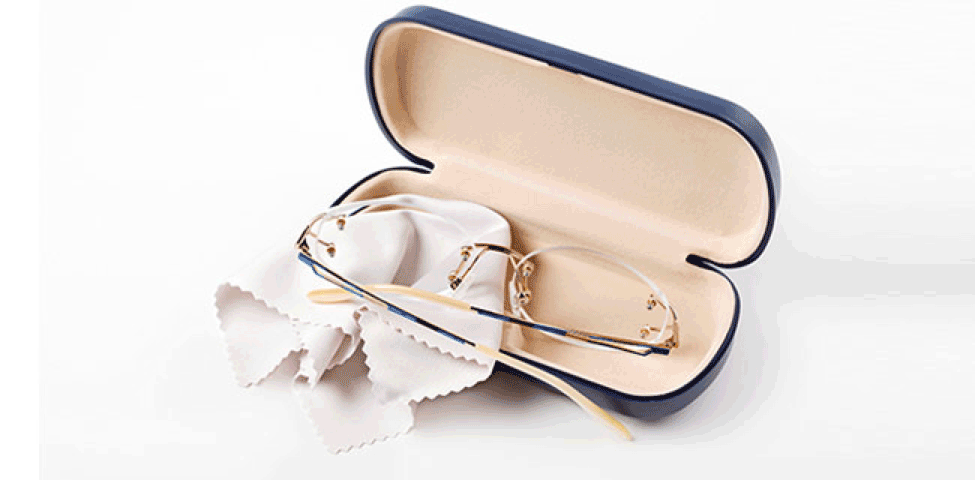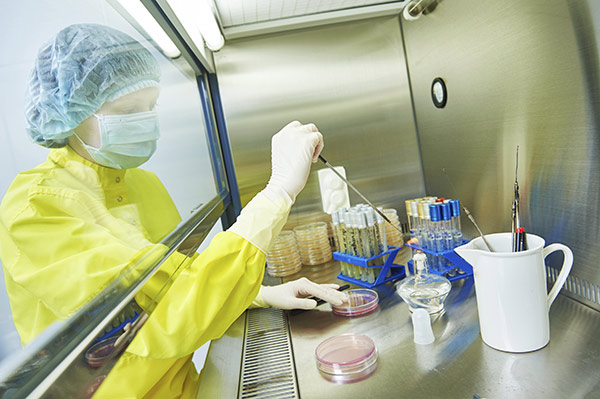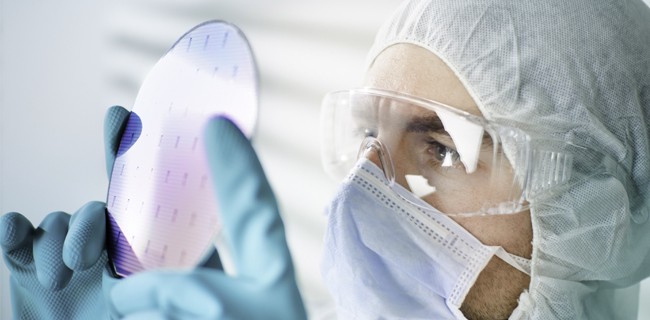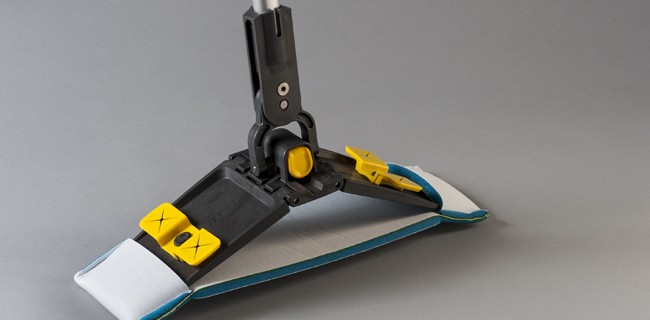Every time a Quality Manager notices nonconformities related to personnel’s behavior, he needs to find a rapid solution to correct it. This does not always come easy, as the QA Manager has to be firm in eliminating the cause of the nonconformity and, at the same time, have a diplomatic approach, targeting the staff’s awareness [Read More…]
Category Archives: Cleaning & Disinfection
In Part I of “I Can See Clearly Now”, we described the physical construction of microdenier fibers incorporated in fabric used for cleaning eyeglasses. These same fibers can also be employed as the base material for cleanroom wipers. Note however, that microdenier cleanroom wipers are orders of magnitude cleaner than the microdenier fabric used for cleaning eyeglasses. [Read More…]
If you’ve purchased a new pair of prescription glasses in the last twenty years, chances are you were given a cleaning “cloth” to keep them in pristine condition. Actually, “cloth” is not best description since the material doesn’t contain any cotton – the word that most often comes to mind when we say “cloth”. Better [Read More…]
The most common liquid used for cleaning surfaces in the cleanroom is IPA, primarily because of its purity and consistency. Cleanroom operators sometimes ask if denatured alcohol can replace IPA in the cleanroom. The simple answer is No. Here’s why. Denatured alcohol is used for non-critical applications such as fuel for stoves, shellac thinner, and [Read More…]
In contamination control, there are generally two types of contamination problems: complex problems that even those who are dedicated to cleaning out sometimes miss, and outright negligence. Sometimes, an issue as simple as not knowing the proper contamination control procedures can lead to contamination that gets the FDA on you. That was the case recently [Read More…]
Sterile compounding in a pharmacy involves customization of medication mixtures in a minimal contamination environment. Safeguarding against unwelcomed contamination is a tall order because many of the small contaminants are invisible to the eye and hidden as microorganisms. The robust standards established by the United States Pharmacopeia (USP) Chapter <797> for cleaning and disinfecting the [Read More…]
Let’s focus on one of the most challenging cleaning requirements for the pharmaceutical industry – cleaning equipment used to manufacture injectable materials – so called “parenteral drugs”. These materials must be made in environments that are absolutely clean and sterile, because there is no opportunity for the drugs to be sterilized after packaging – i.e. [Read More…]
Let’s focus on one of the most challenging cleaning requirements for the pharmaceutical industry – cleaning equipment used to manufacture injectable materials – so called “parenteral drugs”. These materials must be made in environments that are absolutely clean and sterile, because there is no opportunity for the drugs to be sterilized after packaging – i.e. [Read More…]
The surfaces have been wiped and the obvious question is: How clean are they? Start with what you see. Do the surfaces look visibly clean? If not, the wiping activity is not yet done. Wipe to the absence of visible soil on both the surface and the wiper. Keep wiping until the last wiper shows [Read More…]
In a cleanroom, cleaning floors and walls is like cleaning other surfaces, only more so – larger surface areas and corresponding larger wiping cloths. Let’s start with floors. The same principles apply to wiping floors as described previously in Particles on Surfaces Part 4 – use linear wiping strokes and wipe from clean to dirty. To achieve [Read More…]






